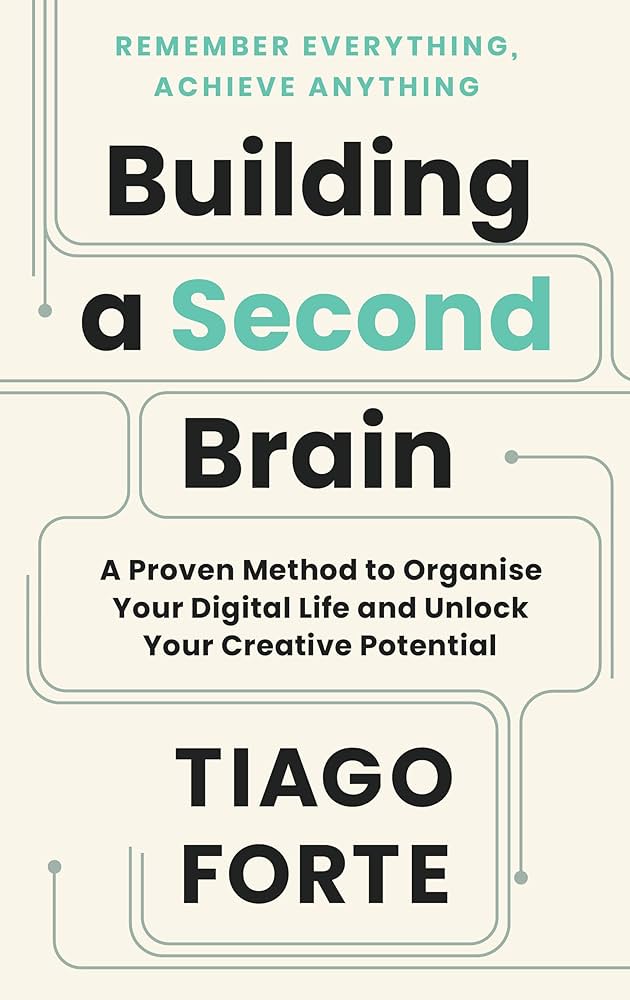Explore & Expand
How to Organize Your Life – Building a Second Brain
In today’s overloaded information age, learning how to effectively capture, organize and utilize knowledge is an invaluable skill. Building a “second brain” – a personalized system to collect, structure and distill insights from the flood of information we face daily – can enhance productivity, creativity, and reduce stress.
The volume of information confronting us is staggering. Every day we consume the equivalent of 174 newspapers worth of content. With knowledge coming constantly through various sources, it becomes easy to feel overwhelmed. Without systems to handle this firehose of data, we struggle to synthesize ideas and apply them meaningfully. Productivity expert David Allen warns that our brains are for having ideas, not holding them.

Fortunately, we can move beyond dependence on our natural mental abilities. By building an organized external repository for key information, we gain an advantage. Your “second brain” complements the limitations of biological memory and attention, freeing mental capacity for higher pursuits. As a supplementary storehouse, it provides reliable access to powerful ideas when needed.
The CODE framework outlined in Tiago Forte’s book Building a Second Brain offers an effective blueprint for knowledge management. The four steps are:

1. Capture:
Record insights through notes, highlights and reflections. Manual and automated tools can be combined to excerpt content. The key is habitually archiving resonant ideas.
Read more:
The Super Smart System for Effective Reading and Applying Knowledge from Thousands of Books
Effective Methods for Highlighting in Research and Study
2. Organize:
Structure notes by actionability rather than arbitrary categories. Linking notes to projects and outcomes provides context and prevents confusion. Favor straightforward hierarchies needing minimal maintenance.
Read more:
The Shoebox Method – Capturing Ideas Using a Shoebox and Index Cards
3. Distill:
Extract essential concepts through methods like summarization and key takeaways. Identify patterns and upgrade fleeting observations into lasting models. Curate the most significant nuggets within your knowledge base.

4. Express:
Convert distilled material into shareable forms demonstrating value. Build blogs, videos, articles and talks. Output crystallizes unfinished notions into concrete assets.

Consciously processing and outputting key lessons is essential to avoid amassing unused notes. However, having an efficient framework to handle knowledge intake is the first step. Creatively building upon those strong foundations then follows more naturally.
In our age of limitless data, managing the influx by constructing a reliable repository of meaningful concepts allows focusing time and energy toward worthy goals. When combined with consistent expression of your unique perspective, a carefully curated second brain reduces friction on the path to achievement. Be judicious in capturing resonant insights. Your external memory aids concentration today while fueling growth into the future.


